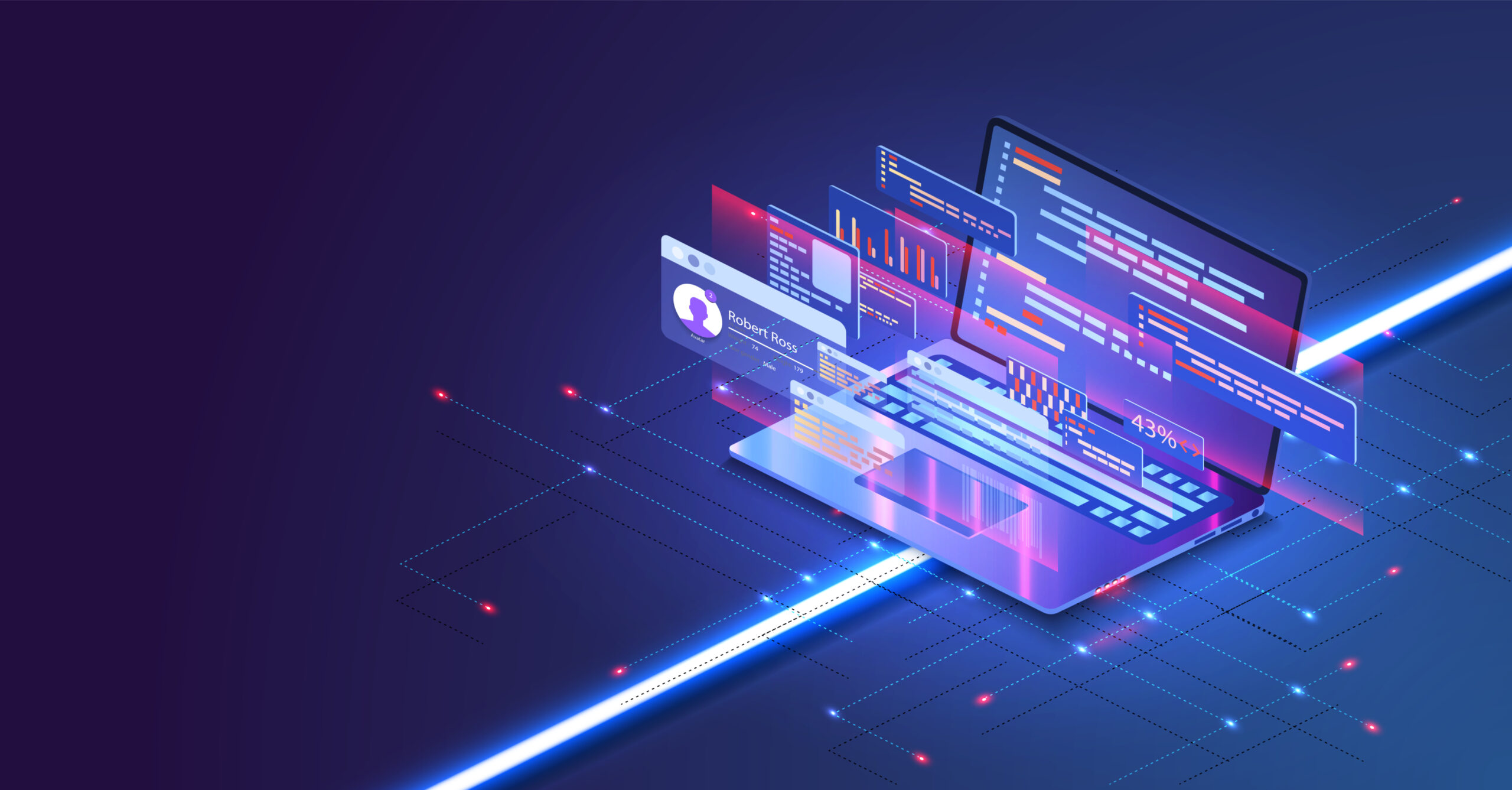Marketing
Starting Up in Web3: Decentralized or Centralized? Which Route to Take?
22 Aug 2023

Startups in Web3 have a lot to consider, everything that any startup needs to think about financials, product-market fit, go2market strategy, user acquisition, product development, etc. But Web3 startups have even more to decide right from the get-go.
To be centralized or decentralized is a central question that will shape the future of your project and determine its success or failure. There is no ”right” answer to the question, but we provided a comprehensive comparison below with the pros and cons of each direction. Take it as you will and apply it to your project vision and reality.
Overall, decentralized is the spirit of web3 and all it stands for, but many centralized products service the web3 community well – Binance, OpenSea, and a whole host of other prominent ‘web3’ products are centralized in their nature. It should be noted that while most web3 products are in some way connected to blockchain technology, not all are entirely run and secured in a decentralized fashion – actually, you’d be hard-pressed to find purely decentralized dApps without any centralization in the mix. So, before you jump on the idealistic bandwagon (which has its fair share of benefits), let’s look at what each has to offer.
Centralized apps are owned by a single entity, which means software and data transmission are owned and controlled centrally. Therefore, users must trust in a single service provider’s legitimacy, integrity, and overall intentions. To use a centralized app, users download a copy and establish two-way communication between their device and the company servers.
On the other hand, a decentralized application (dApp) is built on a distributed ledger, or blockchain network, to verify and secure transactions in a decentralized manner. Blockchain technology secures transactions and maintains trustless integrity via one of two consensus mechanisms — Proof of Work and Proof of Stake.
Centralized Apps and Services
Centralized applications and services are built on the traditional client-server model. In this setup, a central entity or server holds all the data and performs all the necessary computations.
Advantages:
• Simplicity: centralized systems are often easier to develop and maintain.
• Efficiency: faster processing times and smoother user experiences.
Disadvantages:
• Single Point of Failure: a failure in the central server can bring down the entire system.
• Privacy and Security Risks: users must trust the central authority with their data, leaving them vulnerable to breaches and misuse.
• Lack of Control: the central entity dictates the rules, leading to potential censorship and limited innovation.
Decentralized Apps and Services
Using blockchain technology, dApps operate on distributed networks. Instead of relying on a single central authority, dApps are governed by a consensus mechanism, allowing users more control over their data and interactions. Examples of dApps include decentralized finance (DeFi) platforms, decentralized social networks, and file-sharing services like IPFS.
Advantages:
• Enhanced Security: data is distributed across the network, reducing the risk of a single point of failure in terms of backdoors and potential exploits.
• Transparency: transactions are recorded on a public ledger, ensuring transparency and immutability.
• User Control: users maintain complete ownership of their data and have greater control over their interactions.
• Enhanced Resilience and Reliability: decentralized apps offer enhanced resilience and reliability due to their distributed nature (with no single point of failure), ensuring uninterrupted service availability.
• Global Accessibility and Financial Inclusion: decentralized apps empower individuals worldwide to access financial services and participate in economic activities, irrespective of traditional limitations.
Disadvantages:
• Complexity: building decentralized systems can be more challenging and resource-intensive.
• Scalability: some blockchain networks face scalability issues, leading to slower transaction processing.
In centralized governance, decision-making power lies solely with the central authority, often the organization or company operating the platform. They determine the rules, updates, and policies users must adhere to. While this model enables swift decision-making, it can lead to biased outcomes and potential abuse of power.
Decentralized governance, conversely, aims to involve its community of users in decision-making. By employing mechanisms like on-chain voting or proof-of-stake, stakeholders can propose and vote on changes to the system. This ensures a more democratic and inclusive approach to platform development and evolution.
Decentralized networks and cryptography allow users full ownership and control over their digital assets and data. This level of control extends to financial assets and personal information, reducing reliance on intermediaries and enhancing individual sovereignty.
Data & Identity
Decentralized digital identity management and verification, with Self-Sovereign Identity technology, allows users full ownership and digital provability of their identity.
Supply Chains
Applying decentralized principles to supply chain management can bring unprecedented transparency. Companies can use blockchain technology to track products from raw materials to the end consumer, ensuring authenticity, traceability, and fair labor practices, making ethical consumer choices easier.
Finance
Decentralization is king in the personal finance and wealth management sector, allowing individuals complete autonomy and custody over their financial assets and permissionless access to a wide range of financial services.
Embracing decentralized applications can bring about a paradigm shift, eliminating the need for costly intermediaries and streamlining operations, leading to substantial cost savings and enhanced efficiency.
Cost Savings
Direct peer-to-peer interaction allows more efficient and transparent transactions, often without intermediaries, enabling you to pass on cost savings to customers.
Data Privacy and Efficiency
In decentralized applications, user data is not stored on a central server but distributed across the network, with users retaining full ownership and control. This architecture addresses privacy concerns and reduces the burden of data storage and compliance with data protection regulations, streamlining business processes and enhancing overall efficiency.
Community Engagement
Launching a decentralized app can be a strategic move to foster a solid and engaged community, especially if your target audience is blockchain-oriented.
There is certainly a fair share of benefits to decentralizing your initiative or some of its elements. While decentralizing all parts of a business is rarely done, decentralization can be implemented in various permutations and combinations to enhance the value and user autonomy over your products. Depending on the nature of your project and its goals, centralized elements may be needed to streamline operations and provide enhanced user experiences.
Either way, the principles of decentralization hold immense promise for businesses seeking to thrive in the digital era. By embracing decentralized technologies and governance models, projects can gain a competitive edge, foster stronger customer relationships, and reduce overhead costs.
Have insights to share on the topic? Write to us on Twitter or LinkedIn 📝


